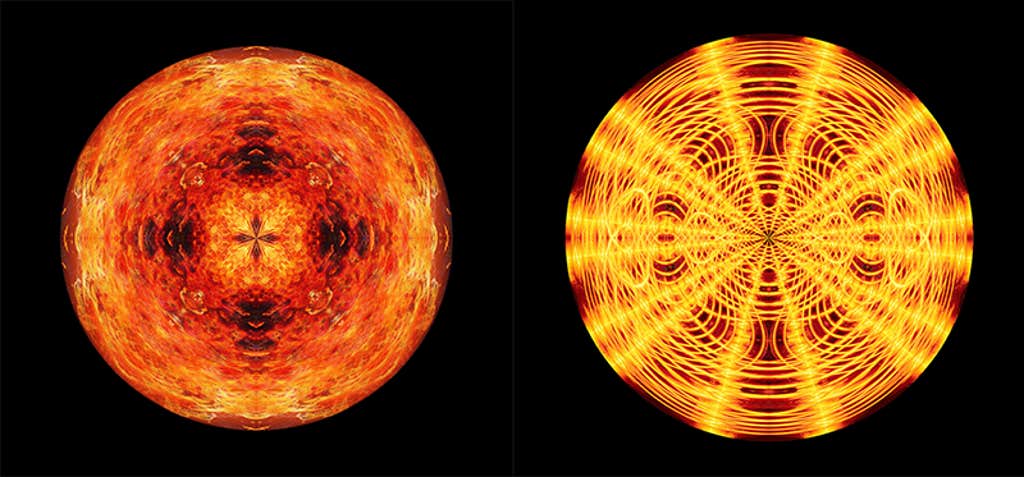Atomic art

To discover
ARtist James Stanford grew up in Las Vegas in the 1950s and 60s and witnessed nuclear tests as a child. In the Las Vegas region, 100 feet exploding, transforming sand trinitis, invisible but permanent radiation, 100 overground bombs were released. However, radiation left visible signs in the region, including geological breakage and erosion and erosion lines in underground tests. Nuclear test and sprinkling power and destruction became the focus of Stanford’s artistic career.

Most Americans, who lived during the Cold War, have moved away from recognizing the dangers of the proliferation of nuclear weapons, which preferred to focus on benefits such as medicine and industry, where atomic energy can offer to modern society. However, the danger of the drift of radioactive wastes emerged soon, but the atmosphere caused widespread fear when entering the water, tribal and agricultural land.
Stanford’s work seems to be the abstract and supreme vision of a sky exploding at once and the mediation of the natural world. His images are a fantasy expression of scientific and military power, which is generally seen as an empty and unlimited, empty and porous place. Stanford’s image Atomic glass It confronts the physical effects of the nuclear test on the desert views. In the image of ominous beautiful, Global atomic boomStanford captures the disaster of the nuclear explosion, which is framing by the night black of an impossible orange pattern ring. In his work Nuke Image TourWe see a window on the view of the two memories and the view of the universe. The mandalas use the patterns of compromise between the holy and powerful opposing union, humanity and the natural world as a means of calling a silent retreat from science and an organic turn.
ADVERTISING
Nautilus members enjoy an advertising experience. Login or join now.
Adapted by Rosa JH Berland from the “Broken World and Sky” Atomic childEdited by J. Boyer and G. Marmalade.




